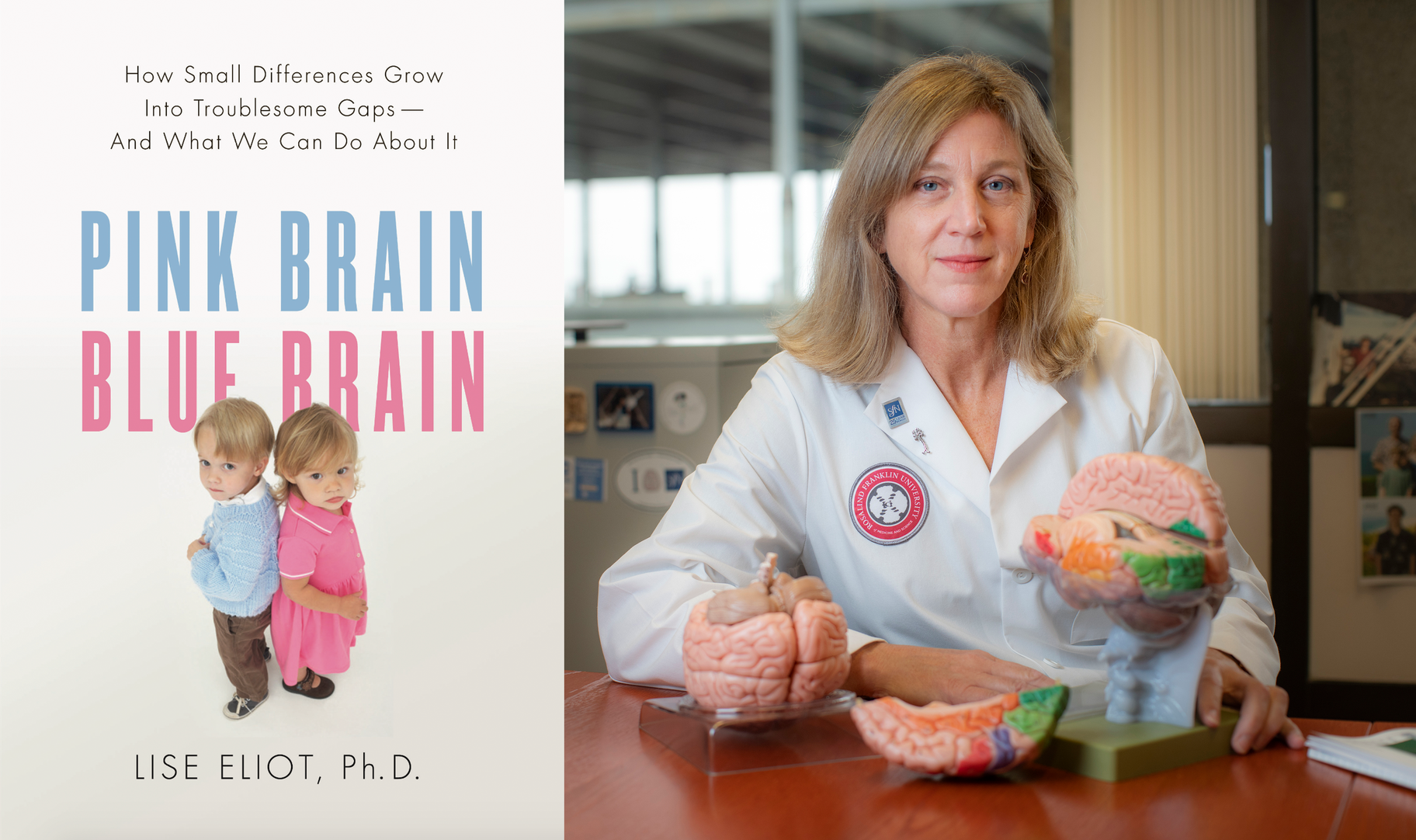The issue of gender identity has become both more nuanced and political. Though our society has historically assigned male or female sex at birth, when it comes to our sense of self, a person’s identity may not match that designation. And the spectrum is large: While some of us identify with our assigned sex, others identify with both or with neither.
So what role does science and culture play in our gender identities? Are there reliable sex differences in the brain, and are gender identities actually hardwired in different ways?
Delve deeper into life, philosophy, and what makes us human by joining the Life Examined discussion group on Facebook.
Dr. Lise Eliot researches brain and gender development, especially the role of neuroplasticity in shaping behavior. Eliot is Professor of Neuroscience at Rosalind Franklin University of Medicine and author of “What's Going On in There? How the Brain and Mind Develop in the First Five Years of Life” and “Pink Brain, Blue Brain: How Small Differences Grow Into Troublesome Gaps.”
Jonathan Bastian talks with Eliot about the brains of different sexes and the issue of gender identity in human development. Eliot debunks the stereotypes that men and women are hardwired differently — for example, notions that men are better at math and women emote more. Eliot says that prenatal hormones could play a subtle role, but that it’s predominantly culture and society that shape our identities.
“It's pretty much impossible to treat males and females the same, just because we have so much experience with males and females and different expectations for how they're going to emote and what language they're going to use,” Eliot says. “Kids figure this out super, super early, and by the time they're three, most children have already identified with a gender. And that becomes a really important crystallizing force for the way that they see the world around them.”

Professor of Neuroscience at Rosalind Franklin University of Medicine Lise Eliot poses with brain models. She’s the author of “Pink Brain, Blue Brain: How Small Differences Grow Into Troublesome Gaps.” Photo by Mike Schmidt. Book cover “Pink Brain, Blue Brain: How Small Differences Grow Into Troublesome Gaps.”
